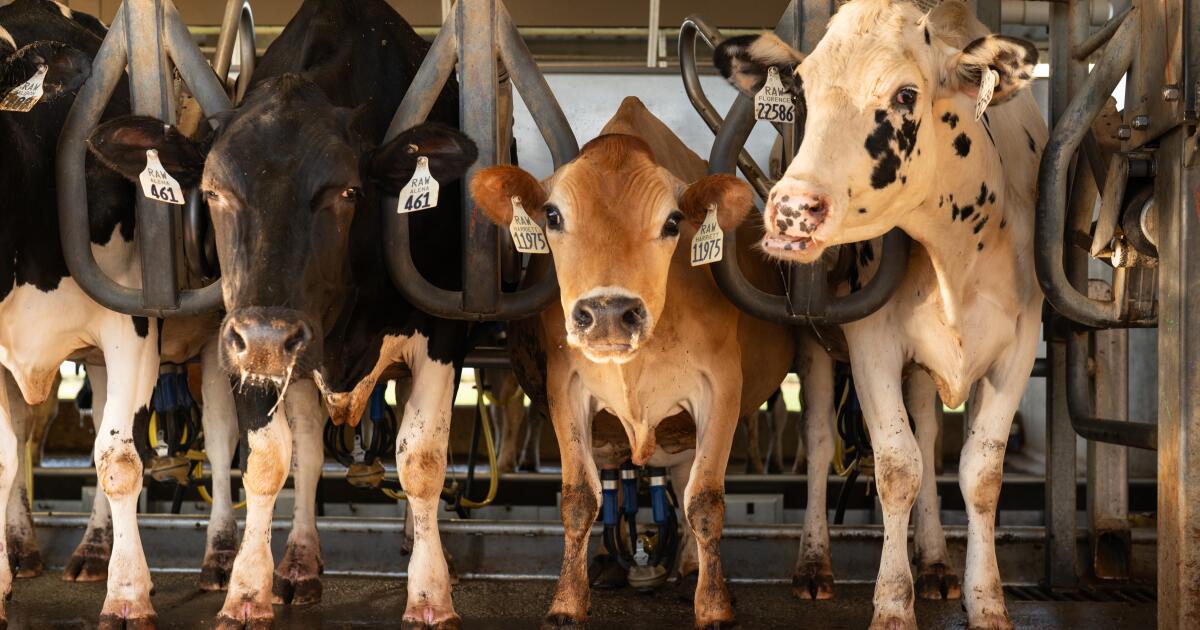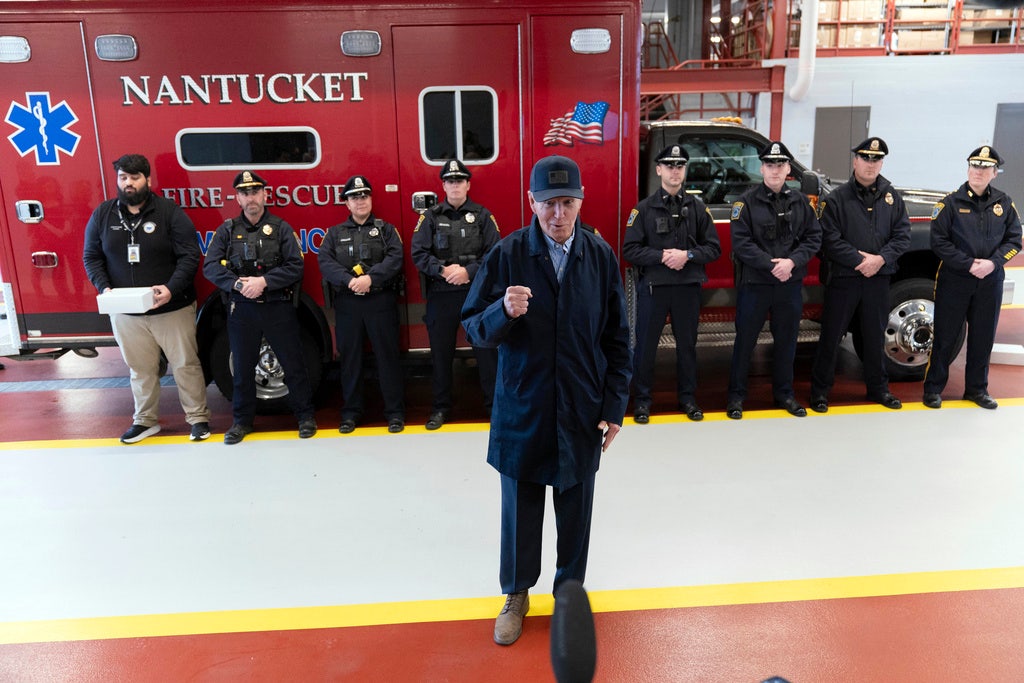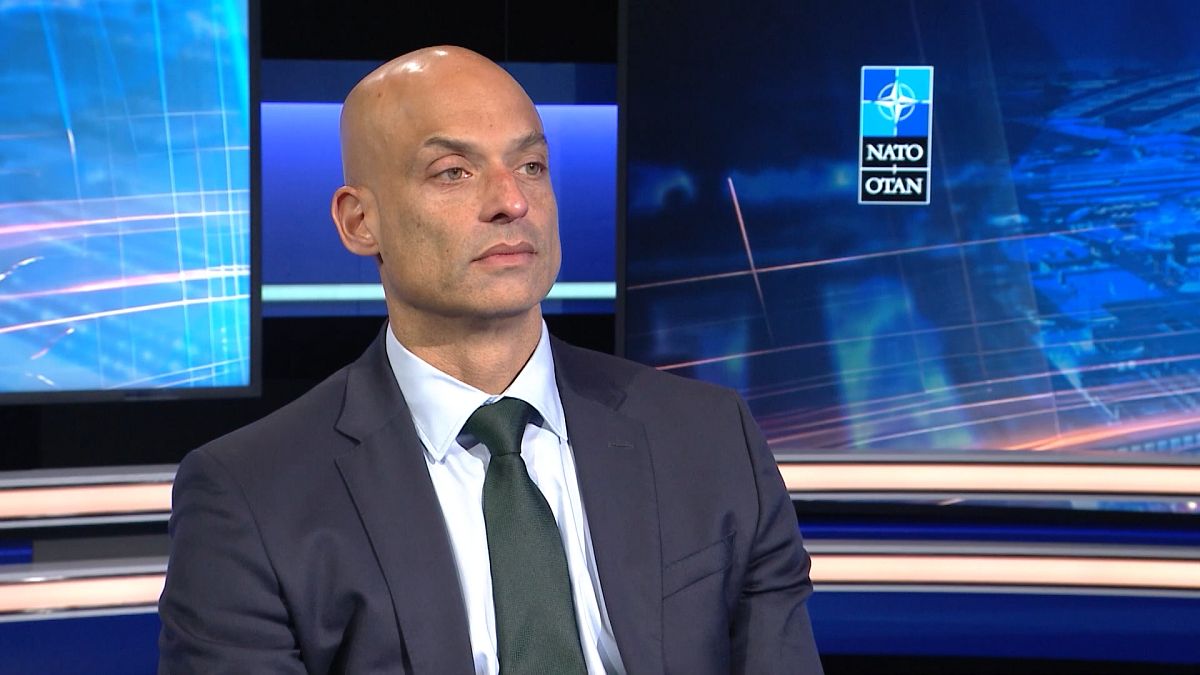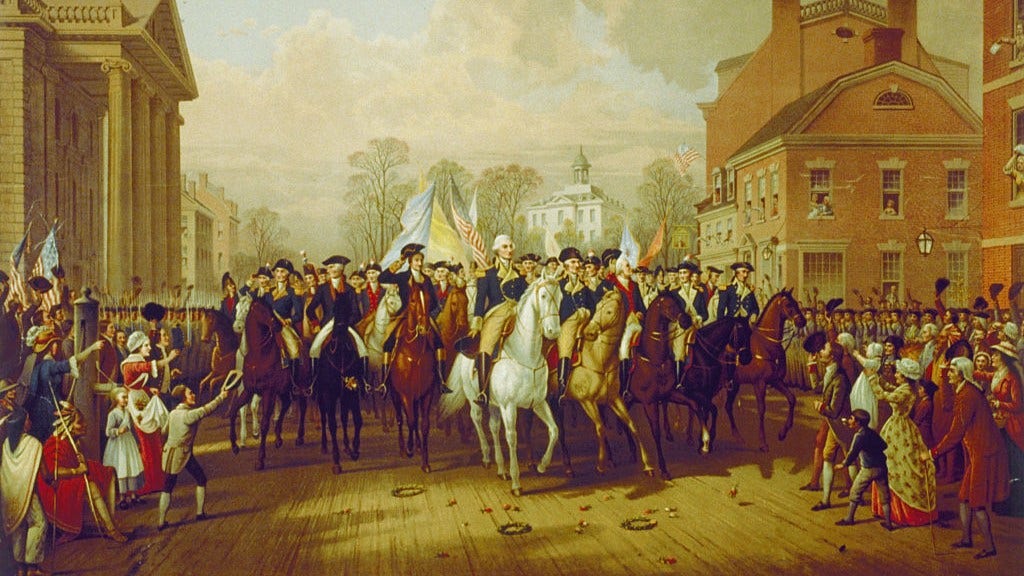Mississippi
History is huge draw for Mississippi River cruise goers, but whose history?

Overnight cruises returned to the Mississippi River a decade ago, following the industry’s collapse. As existing cruise lines adapt, and companies like Viking enter the market, many passengers say the river’s storied past is part of the draw.
But what history do they learn, and how?
On a hot afternoon in late May, Lee Hendrix stood on stage in the dimly lit Grand Saloon — an elaborate floating reproduction of the original Ford’s Theatre in Washington, D.C., where Abraham Lincoln was assassinated.
The former river captain and self-schooled historian described the sinking of the Sultana near Memphis more than 150 years ago, when at least 1,400 people drowned on the Mississippi River. A rapt crowd listened as their own vessel, the American Queen, mosied safely up the same route.
Hendrix is a riverlorian — think: river, lore and historian — aboard the American Queen, a steamboat that can haul more than 400 cruise-goers the length of the Mississippi River. This audience is nearing the end of a seven-day journey from New Orleans to Memphis.
This cruise line offers presentations about local history, as do all three overnight Mississippi River cruise lines — American Queen Voyages, American Cruise Lines and Viking. Some presenters are Ph.D. historians, and others are self-schooled, like Hendrix, who’s a veteran on the river.
The American Queen is billed as capturing the nostalgia of 19th century steamboat travel. The company prides itself on using a restored, century-old steam engine, and the sentiment extends to the rest of the vessel, which oozes with memorabilia of the period.

Passengers are greeted with red carpeted stairs at the bow of the boat, ending at a set of gilded double doors that open to the Mark Twain Gallery, a dimly-lit room lined with ornate bookshelves, steamboat replicas in glass cases and displays of Twain’s works.
Lower river tours with American Queen Voyages start at about $4,000 — well above the cost of an average Caribbean cruise — and the most expensive tickets come with a $10,000 price tag. They attract a crowd that’s mostly retired, wealthy and well-traveled, and history is part of the draw for many passengers.
The company’s strategy “is to identify thoughtful and deliberate shore excursions” and provide riverlorians to help guests understand the complexity of the region, Cindy D’Aoust, president of American Queen Voyages, said in a statement.. .
Most days, passengers can find Hendrix walking laps around the fourth floor deck of the American Queen or in the Chart Room — an airy room at the boat’s bow, filled with books and maps of the river — ready to answer passengers’ questions in between excursions in riverside towns.
But at a time when many plantations are facing scrutiny for not accurately representing the legacy of slavery in the South, historians like John Anfinson, a Ph.D. historian and riverlorian with American Cruise Lines, try to add context to these stops along the tour in a “Plantation Preview.”
Anfinson does his best to prepare tourists before they step off the boat, steering away from the history they often hear on guided tours and opting instead to describe the legacy of slavery in the South. That way, he said, people can make sense of the stories shared on tours in a meaningful way.
American Cruise Lines’ description of the Houmas House, one of the most notorious plantations of the South, reads: “Step off of your ship docked right at Houmas House and explore one of the most elaborately renovated of the grand homes along the river, once a private home and thriving historical agricultural enterprise.”
Anfinson read the description and exclaimed: “Talk about a way to avoid saying ‘plantation!’”
Houmas House is named after the indigenous Louisianans they stole the land from and was owned by Revolutionary War general Wade Hampton, one of the largest slaveholders in the antebellum South. In the same year he purchased Houmas House, he suppressed a slave revolt that resulted in the deaths of 95 enslaved people.
The Houmas House website does not mention this history, and Anfinson understands why not all historic sites lead with that.
“In the fractured America of today, the audience is going to be fractured in how they listen to that story,” Anfinson said.
The Laura Plantation, situated between New Orleans and Baton Rouge, was the first museum of its kind in the South that highlighted the lives of enslaved people when it opened in 1994. Operations manager Jay Schexnaydre said many other plantations have followed suit since then.
The Laura Plantation prides itself on taking guests through the house, grounds and slave quarters, compared to some other plantations that keep visitors in “the big house.” Some plantations still choose to showcase the grandeur of Antebellum homes on plantation tours, focusing on antique furniture and portraits.
“What people are interested in is the truth,” Schexnaydre said.
American Queen Voyages and Viking feature the Laura Plantation on their itineraries, but Schexnaydre said the logistics of tours can impact visitors’ experiences.
If passengers start their tour in New Orleans, the Laura Plantation is one of their first stops. If their tour starts in Memphis, heading downriver, Schexnaydre said passengers likely will spend the last week touring other plantations, and might opt for an alternate excursion instead.
“Every stop is plantations, plantations, plantations,” he said.
Part of the Laura Plantation’s tour follows the arc of one family over three generations rather than telling the stories of enslaved people in a general sense. Schexnaydre said it helps visitors connect more intimately with people whose stories might otherwise be lost to history.

Riverlorian Hendrix makes an effort to confront forgotten history in his 45-minute lecture about the Sultana — a maritime disaster that rivals the death toll from the Titanic. He talked about how commercial navigation impacted indigenous peoples; the neglect of a steamboat captain who overcrowded the Sultana for profit; and the prisoners of war who died in the fiery explosion.
The story of the Sultana was lost in headlines about the killing of Lincoln’s assassin John Wilkes Booth and other events as the war neared its end, but Hendrix said it’s more than that.
“So, why doesn’t anybody know about the Sultana?” Hendrix wondered aloud on stage. “The people on the Sultana were poor soldiers returning home. Most of the people on the Titanic were rich people.”
Anfinson and Hendrix know some passengers will skip their talks. Some people are celebrating a birthday or anniversary, Anfinson said; not everyone is there for a history lesson. In many ways, it’s up to passengers to craft their experiences, but the histories that passengers encounter often depend on who’s telling them, and how.
Hendrix became a riverlorian after decades on the river, first as a deckhand and then as a river pilot, with a brief stint away that involved performing skits where he played a steamboat captain. He said he’s always loved river history, “probably more so than other pilots.”
By the time passengers heard Hendrix’s recollection of the Sultana’s sinking, they had stopped at ports in Nottoway, St. Francisville, Natchez and Vicksburg. In St. Francisville, passengers could choose between two excursions: “Plantations of the Back Roads” or “Redemption and Rehabilitation at Angola Prison.”
The Louisiana State Penitentiary — more often called Angola, for the former slave plantation that occupied the land — is the largest maximum-security prison in the country. Under the convict lease system, prisoners were abused, underfed and worked to death during much of the 19th and early 20th centuries, and it earned a reputation as “the bloodiest prison in the South.”
The Angola Museum included on the cruise line’s itinerary tries to tell “the complex and compelling stories of corrections and justice in Louisiana.” Visitors tour through the prison’s infamous past, including a stop at the Red Hat Cell Block, adjacent to a small room that was the site of 11 executions by electric chair between 1956 and 1961.
The prison now touts a philosophy of moral rehabilitation, though it continues to come under fire for involuntary servitude. The tour brings visitors to the present-day with a tour of the crop fields, where prisoners grow the food they eat.
American Queen passenger Jennifer White Fischer felt she left the tour with a more nuanced understanding of the criminal justice system. But then, she said tour guides at the nearby Louisiana State University Rural Life Museum raised critical questions about Angola she hadn’t considered.
As someone who discovered her love of history later in life, and recently wrote a book about her travels, she prioritizes the educational excursions on her tours.
“(River cruises) have just opened my eyes to the whole vastness of our country,” she said.
About halfway through the cruise from New Orleans to Memphis, passengers spent an afternoon in Vicksburg, Mississippi. The itinerary featured mainstays like the Jesse Brent Lower Mississippi River Museum and the Vicksburg National Military Park, but a more recent addition to the lineup tells Civil War history in a different way.
Charles Pendleton opened the Vicksburg Civil War Museum two years ago to talk about the war from a Black perspective.
“You open something like this, and all of the factors are not in your favor,” Pendleton said. “You’re Black, you’re in Vicksburg, Mississippi, where everybody has deep feelings about the Confederacy…and here you are telling a different story.”
A self-made historian, Pendleton started out attending Civil War gun shows, where he said white attendees made a point to tout their own theories about the war. It was the impetus for his own research, which led to him sharing presentations at his church.
Then, he stumbled across more Civil War-era memorabilia at antique shops, including a receipt for a seven-year-old girl named Ella. It elicited an emotional response he hadn’t experienced at other Civil War museums, and he wanted to capture that emotion for other museum-goers in Vicksburg.
Pendleton said most visitors are white and estimates at least half come from river cruises, which he said have been a boon for his museum and other small businesses. As cruise lines add new boats to their fleets and more stops to their itineraries, Pendleton hopes the industry will continue to elevate voices like his.
This story, the first of a three-part series, published in partnership with the Mississippi Center for Investigative Reporting, part of Mississippi Today, is a product of the Mississippi River Basin Ag & Water Desk, an independent reporting network based at the University of Missouri in partnership with Report for America, funded by the Walton Family Foundation.

Mississippi
Minor earthquake recorded in Mississippi on Thanksgiving

MADISON COUNTY, Miss. (WJTV) – A minor earthquake was recorded in Mississippi early Thanksgiving morning.
According to the United States Geological Survey (USGS), the 2.5-magnitude earthquake occurred southeast of Canton near the Ross Barnett Reservoir around 1:48 a.m. on Thursday, November 28.
Officials with the Michigan Technological University said earthquakes below 2.5-magnitude are “generally not felt.” So far, there are no reports of any damage in Madison County.
The last earthquake that occurred in Madison County was a 2.8-magnitude earthquake in 2019.
Mississippi
Thanksgiving on Mississippi Public Broadcasting Think Radio, set to air on Thursday, November 28th

MISSISSIPPI (KTVE/KARD) — For Thanksgiving, on Thursday, November 28, 2024, the Mississippi Public Broadcasting Radio will air a special programming.
Photo courtesy of Mississippi Public Broadcasting
According to officials, “Turkey Confidential” and “Feasting with the Great American Songbook: An Afterglow Thanksgiving Special” will run from 9 a.m. to 1 p.m. Francis Lam will be taking calls and help those in need of Thanksgiving cooking tips for the biggest cooking day of the year.
According to officals, “Feasting with the Great American Songbook: An Afterglow Thanksgiving Special” will explore classic jazz and popular songs about food by singers like Louis Armstrong, Louis Jordan, and Fats Waller, perfect for listening while sitting at the table.
Mississippi
Southeast Mississippi Christmas Parades 2024 | WKRG.com

MISSISSIPPI (WKRG) — It’s beginning to look a lot like Christmas on the Gulf Coast and that means Santa Claus will be heading to town for multiple parades around the area.
WKRG has compiled a list of Christmas parades coming to Southeast Mississippi.
Christmas on the Water — Biloxi
- Dec. 7
- 6 p.m.
- Begins at Biloxi Lighthouse and will go past the Golden Nugget
Lucedale Christmas Parade
-

 Science1 week ago
Science1 week agoTrump nominates Dr. Oz to head Medicare and Medicaid and help take on 'illness industrial complex'
-

 Health5 days ago
Health5 days agoHoliday gatherings can lead to stress eating: Try these 5 tips to control it
-

 Health3 days ago
Health3 days agoCheekyMD Offers Needle-Free GLP-1s | Woman's World
-

 Science2 days ago
Science2 days agoDespite warnings from bird flu experts, it's business as usual in California dairy country
-

 Technology2 days ago
Technology2 days agoLost access? Here’s how to reclaim your Facebook account
-

 Science1 week ago
Science1 week agoAlameda County child believed to be latest case of bird flu; source unknown
-

 Sports1 week ago
Sports1 week agoBehind Comcast's big TV deal: a bleak picture for once mighty cable industry
-

 Entertainment17 hours ago
Entertainment17 hours agoReview: A tense household becomes a metaphor for Iran's divisions in 'The Seed of the Sacred Fig'














